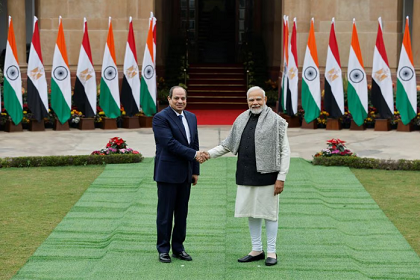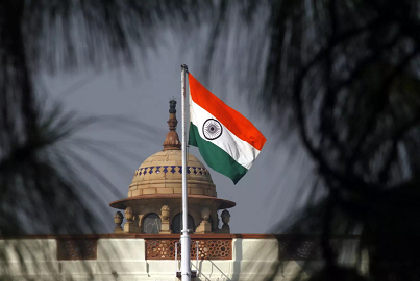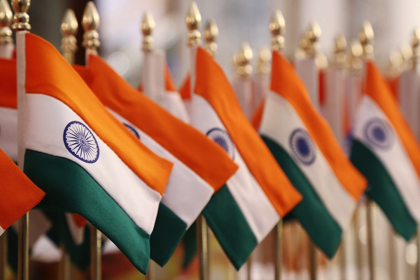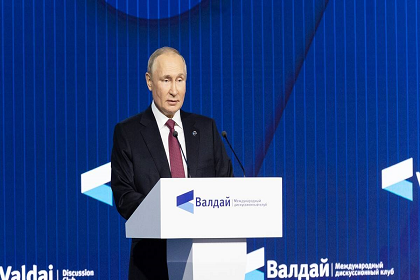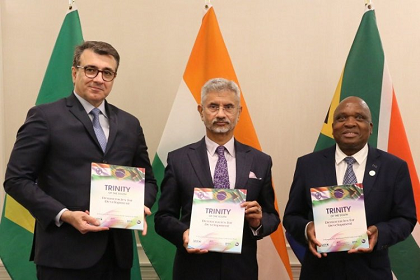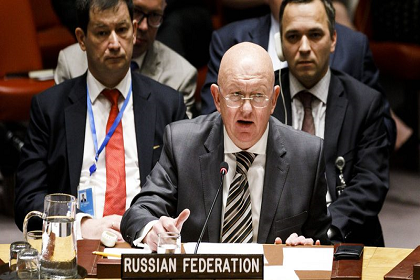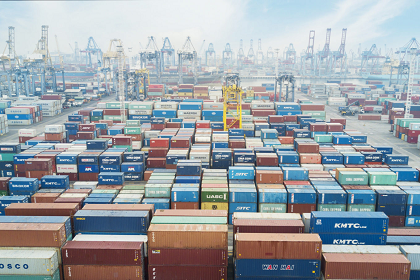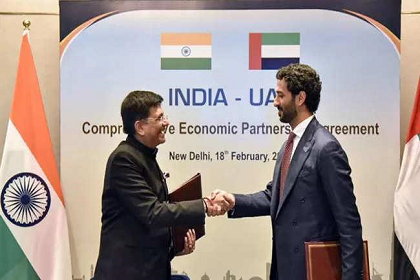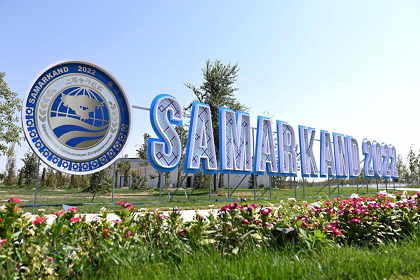India and Egypt: Stepping up the bilateral
Egyptian President El Sisi being the chief guest at India’s Republic Day reflects the importance assigned to it by India. At the crossroads of Africa, Asia and Europe, Egypt is an essential gateway for trade and investment. Its diplomatic presence in the Arab world and Africa, with the largest standing army in Africa, makes it a pivotal player for India which is increasing its footprint in West Asia and Africa.

